OptimalColorCombinationsforBlueAComprehensiveGuide
- 百姓
- 2025-06-11 21:05:25
- 1229
Blue is a versatile and elegant color that can evoke feelings of tranquility, serenity, and depth. Whether you are designing a website, selecting paint colors, or choosing outfits, understanding the best ways to pair blue with other colors can greatly enhance your projects and personal style. In this comprehensive guide, we will explore three top color combinations for blue, detailing their characteristics and providing practical examples.
1. Blue and White: The Classic Duo
Blue and white is perhaps one of the most timeless and universally appealing color combinations. This combination is often associated with nautical themes, summer vibes, and sophistication. Here are some tips on how to use this classic pair effectively:
- Subtle Contrast: Blue and white create a striking contrast that can be visually compelling without being overwhelming. For example, you could paint your walls in soft blue and decorate with white furniture or accents.
- Neutral Harmony: This combination works exceptionally well for neutral spaces where simplicity is key. Consider using blue in smaller elements like throw pillows or curtains to add depth while keeping the overall space clean and airy.
- Warm Tones: To give this combo a warmer, more inviting feel, you can introduce soft beige or cream accents. The warmth of these colors will counterbalance the coolness of the blue, creating a balanced and cozy atmosphere.
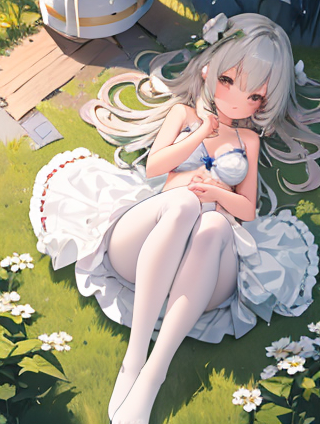
2. Blue and Gray: A Modern Twist
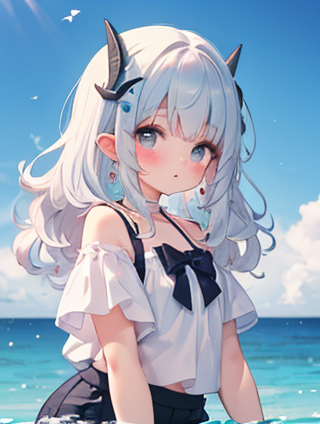
Blue and gray is another popular combination that offers both elegance and versatility. This pair works well in both contemporary and traditional settings:
- Cool Contrast: Gray adds a sophisticated touch to blue, making it appear more refined and modern. Use this combination for a professional setting like an office or formal dining room.
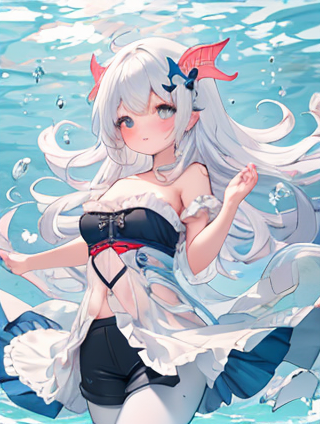
- Subdued Elegance: A subtle mix of blue and gray can create a subdued yet elegant atmosphere. For instance, you could use light blue walls with dark gray furniture or decor to achieve a classic look.
- Warm Grey Introductions: To add warmth to this cool palette, incorporate elements like wooden furnishings or metallic accents in gold or brass. This will bring a sense of richness and depth without overwhelming the space.
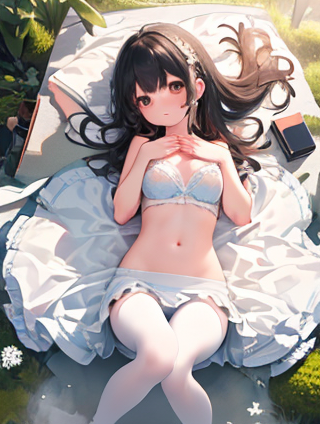
3. Blue and Green: Nature's Inspiration
Blue paired with green creates a harmonious blend that symbolizes nature, growth, and balance. This combination is perfect for outdoor spaces, natural decor, and environments where tranquility is desired:
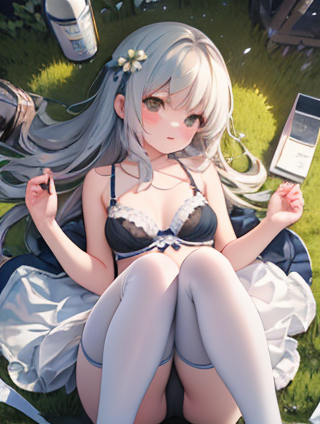
- Harmonious Hue: Green can complement different shades of blue, from light aqua to deep navy. For example, you could paint your living room in a light blue shade with green plants and furniture.
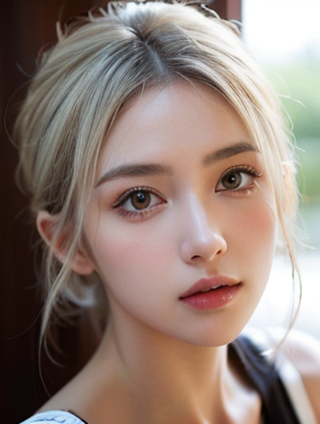
- Natural Elements: Integrate natural elements like wood, stone, or earthy textures to enhance the connection between the two colors. This combination works particularly well for outdoor settings such as gardens or patios.
- Color Theory: Understanding color theory can help you create a more balanced look. For instance, using a lighter blue with a darker green can create visual interest and depth, while a brighter green paired with a muted blue can add vibrancy and energy to the space.
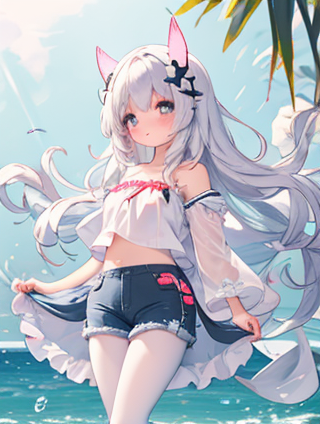
In conclusion, choosing the right color combinations for blue is essential for creating visually appealing and emotionally resonant designs. Whether you opt for the classic elegance of blue and white, the modern sophistication of blue and gray, or the natural harmony of blue and green, each combination offers unique opportunities to express your creativity and personal style. By considering these tips and experimenting with different color palettes, you can achieve stunning results that reflect both aesthetic appeal and functional needs.
With this guide as a reference, you are well-equipped to embark on projects that feature blue in the most effective and stylish ways. Whether you're designing a room, selecting clothing items, or planning an event, these combinations will serve as a valuable resource for creating balanced, harmonious, and visually appealing outcomes.